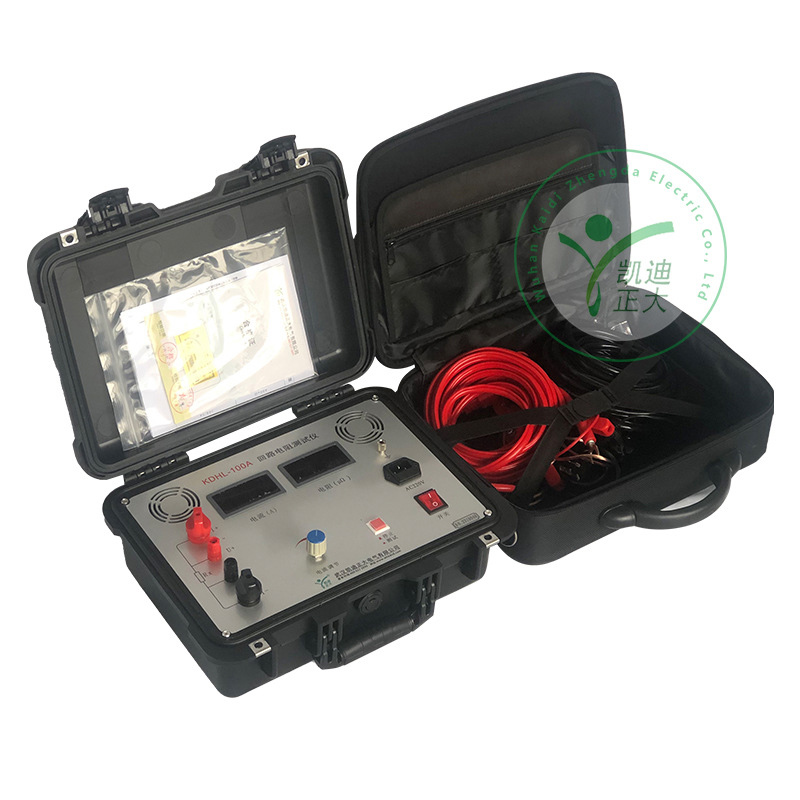
26 Aug-2024
The design of the circuit resistance tester adopts high reliability high-power integrated circuits, consisting of a DC constant current source, preamplifier, A/D converter, indicator device, etc. It is a low value resistance measuring instrument with milliohm and micro ohm ranges. It is easy to operate and can measure circuit resistance, wire resistance, coil resistance, etc. with one click. The test current can automatically stabilize, ensuring the stability and reliability of the test data.
When measuring the circuit resistance tester, a high-frequency switching power supply outputs a current of 100A or greater, which is applied between the two terminals of the tested resistor. The analog signal of the voltage drop caused by the current flowing through the tested resistor is collected through a sampling circuit. After being amplified by a preamplifier, the analog signal is converted into a digital signal by an A/D converter, and then filtered, operated, and processed by a microprocessor. Based on the principle that the current in the series circuit is equal everywhere, the direct current resistance value of the tested object is obtained by the ratio of the voltage drop U at both ends of the load and the current I in the circuit through Ohm's law R=U/I.
Performance characteristics
1. High current: The use of new switching power supply technology can continuously output high current for a long time, without the drawbacks of instantaneous current in pulse power supplies. It can effectively penetrate the oxidation of switch contacts and obtain good test results.
2. High precision: Adopting dual channel high-speed 16 bit ∑ - Δ AD sampling and digital signal processing technology, the highest resolution reaches 0.01 μ Ω, and it is a stable contact resistance tester that can achieve 0.01 μ Ω resolution.
3. Powerful function: The current can be freely selected between 50A and 100A, and the testing time can be set within 5s~599s. There are no defects that other similar instruments cannot set the measurement time or the continuous working time is too short.
4. User friendly interface: By rotating the mouse to input data, it is convenient and fast. The instrument date and time can be set independently, measurement data can be saved in real time, and measurement results can be printed in real time.
5. USB Transfer: It can transfer measurement data to a USB flash drive through a USB interface, and further analyze and process the measurement data in conjunction with the upper computer software.
6. Easy to use: small size, light weight, easy to carry.

